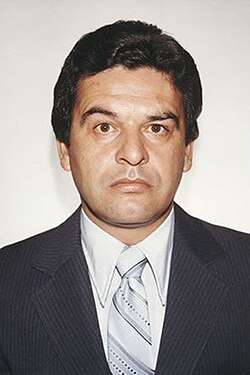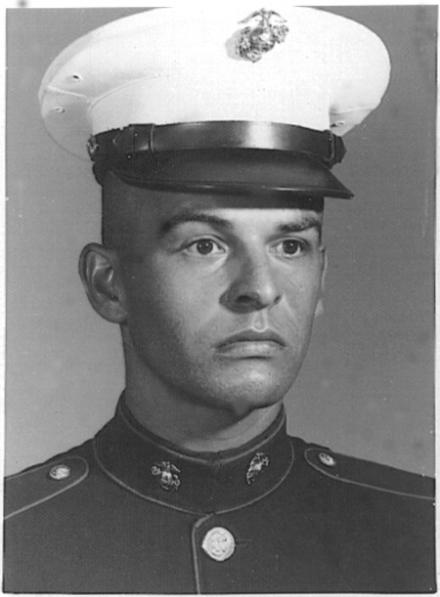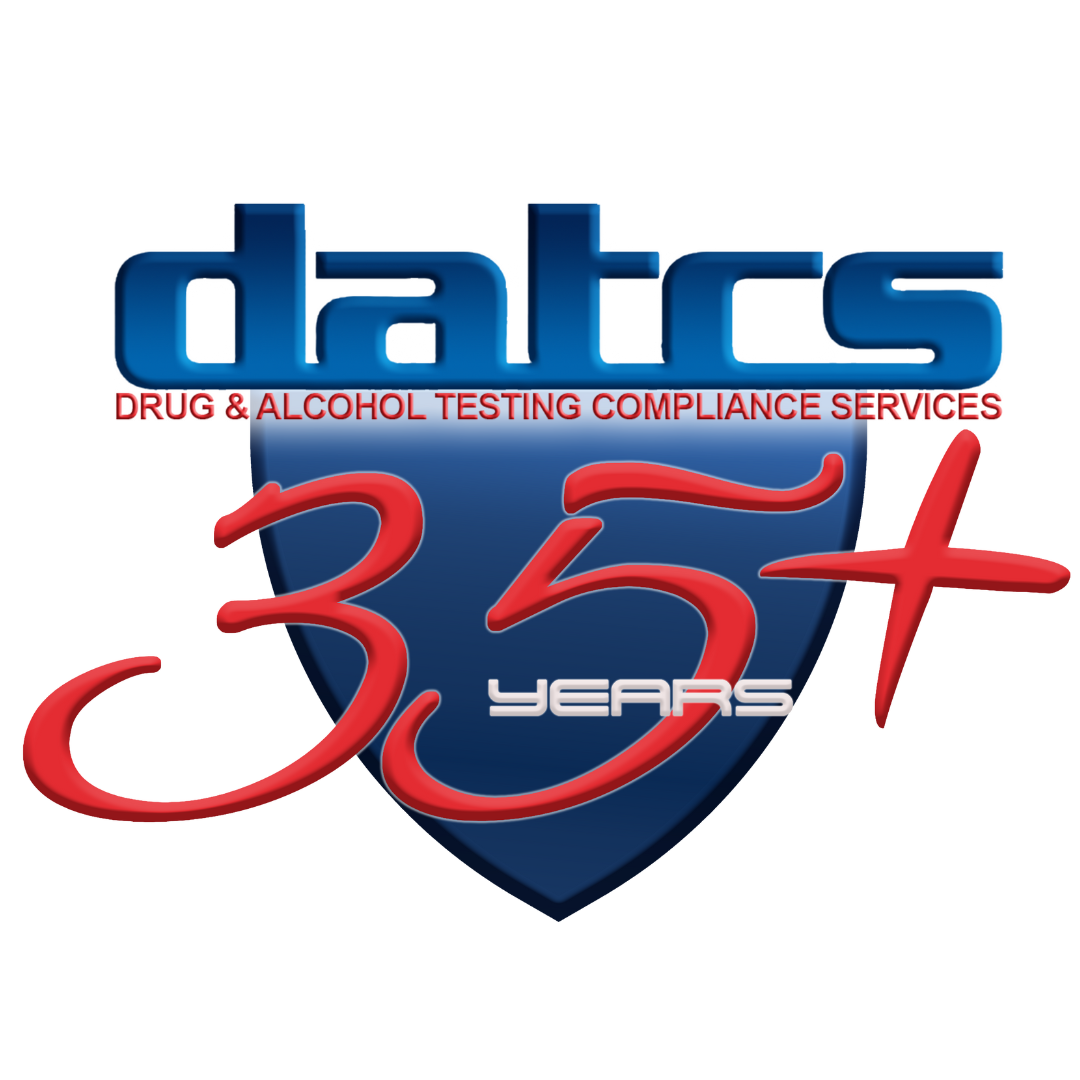The History of Red Ribbon Week: The Story of Kiki Camarena and a Drug-Free Mission
Every October, a sea of red ribbons appears in schools, on lapels, and tied to mailboxes across the country. We see the posters in school hallways and hear the slogans encouraging kids to live drug-free. But behind this familiar annual observance is a story of profound heroism, devastating tragedy, and the powerful ripple effect of a community that refused to let a hero’s sacrifice be in vain.

The Idealist and the Agent: The Life of Kiki Camarena
Enrique “Kiki” S. Camarena was born on July 26, 1947, in Mexicali, Mexico. He grew up in Calexico, California, a place whose name and culture were a blend of the two countries he called home. After graduating from Calexico High School in 1966, he answered a call to service, joining the U.S. Marine Corps for two years.
Returning home, Kiki’s commitment to his community deepened. He worked as a Calexico fireman and police officer, and later as an Imperial County Deputy Sheriff, building a career on the front lines of public safety. In 1974, he took a significant step, joining the U.S. Drug Enforcement Administration (DEA), an organization where his passion for justice could make a national impact.

His mother, like any parent, worried about the dangers of his chosen path. She tried to talk him out of it, but Kiki’s conviction was unshakeable. He famously told her, “I’m only one person, but I want to make a difference.”
This simple, powerful statement would become the defining ethos of his life and, eventually, his legacy.
Kiki’s first DEA assignment was in his hometown of Calexico, but his skill and dedication soon led him to a transfer to Fresno. Four years later, he received orders for one of the most dangerous and critical posts for an agent at the time: the Guadalajara Resident Office in Mexico. For over four years, Kiki fearlessly and meticulously worked on the trail of the country’s most powerful marijuana and cocaine traffickers, getting closer every day to dismantling a multi-billion-dollar drug pipeline that was flooding the United States with narcotics.
A Tragic Loss and a Grassroots Response
By early 1985, Kiki Camarena was closer than ever to exposing the entire operation. But his success made him a prime target. On February 7, 1985, the 37-year-old agent left his office to meet his wife, Mika, for lunch. He was just steps away when five men appeared, grabbed him, and shoved him into a car. It was a brazen kidnapping in broad daylight, and it was the last time his loved ones would see him alive.
For over a month, his family and the U.S. government searched for him. His body was finally discovered on March 5, 1985. He had been brutally tortured and murdered. He was survived by his wife and their three young sons.
The news of his death sent shockwaves of grief and anger not just through the DEA, but through his hometown of Calexico. His community, however, did not let their sorrow turn into silence. They turned it into action. In a simple, powerful gesture, friends and neighbors began wearing red satin badges to honor Kiki’s memory and his courageous battle against drugs.
This organic tribute soon found a more organized expression. Kiki’s high school friend, Henry Lozano, and Congressman Duncan Hunter launched “Camarena Clubs” in Calexico. Students, teachers, and citizens wore red ribbons and pledged to lead drug-free lives, honoring the ultimate sacrifice Kiki had made. This was the true birth of the Red Ribbon movement—a grassroots symbol of remembrance and resolve.

From Local Symbol to National Movement
The idea was too powerful to stay local. At the same time, parent coalitions were forming across the United States. These groups were founded by families who were sick of the destruction that alcohol and other drugs were having on their communities. They were looking for a way to unite and fight back.
One of these groups was the National Family Partnership (NFP), a non-profit established in 1980 by concerned parents determined to play a leadership role in drug prevention. Inspired by Kiki’s story and his belief that one person can make a difference, the NFP embraced the red ribbon as a national symbol for their cause.
The movement reached a turning point in 1988 when the NFP sponsored the first official National Red Ribbon Celebration. With President Ronald Reagan and First Lady Nancy Reagan serving as honorary chairpersons, the campaign was thrust into the national spotlight. The week-long event became a formal, recognized observance.
Today, Red Ribbon Week has become the oldest and largest drug prevention program in the nation. It reaches over 80 million people each year, uniting them in a visible commitment to creating a drug-free America.
The Business Owner's Role: Fostering a Drug-Free Workplace
The spirit of Red Ribbon Week—community, safety, and prevention—is not confined to schools and homes. It has a vital place in our workplaces. Business owners and community leaders have a unique opportunity to honor Kiki Camarena’s legacy by fostering safe, healthy, and drug-free environments for their employees.
The stakes are incredibly high. According to research, employed drug users have 16 times as many absences, and a staggering 20% of people killed at work test positive for drugs. A drug-free workplace is not just about compliance; it’s about protecting lives, ensuring productivity, and safeguarding the well-being of your entire team.
Here’s how business leaders can champion the mission of Red Ribbon Week all year long:
- Go Beyond Policy with Proactive Education: A policy manual is essential, but education is what changes culture. One of the most effective tools is Supervisor Training. The Department of Transportation (DOT) mandates this training for all its agencies, and for good reason. Educating supervisors on the indicators of drug and alcohol abuse, and the proper procedures for intervention, empowers them to act confidently and correctly. It protects both the employee and the company. This training is a cornerstone of creating a truly safe workplace.
- Implement a Comprehensive Testing Program: A robust drug-testing program is a powerful deterrent and a critical safety measure. This involves more than just pre-employment screenings. A comprehensive program should be tailored to your company’s needs and may include:
- Reasonable Suspicion Testing: Essential for addressing immediate safety concerns.
- Post-Accident Testing: Helps determine if substance use was a factor in a workplace incident.
- Random Testing: A highly effective method for deterring drug use.
- Return-to-Duty Testing: Ensures employees are ready to safely resume their duties.
Organizations like DATCS utilize a range of reliable methods, including urine, hair, nail, and oral fluid testing, to fit different detection needs and policy requirements.
- Ensure Unwavering Compliance: Navigating the complexities of federal and state regulations, especially DOT requirements, can be challenging. Partnering with an expert in compliance ensures your program is not only effective but also legally sound. This protects your business and ensures that all procedures are fair and consistent.
Your Pledge, Your Impact
Kiki Camarena’s story began with one person’s commitment to making a difference. His legacy now rests in the hands of millions who continue that mission. Red Ribbon Week is our annual reminder that we all have a role to play in promoting drug education and prevention.
This October, we encourage you to turn awareness into action.
- For Families and Community Members: Take the pledge to create a drug-free America. Visit the official National Red Ribbon Campaign website at redribbon.org to find resources, learn about this year’s theme, and get involved in local events.
- For Business Owners and Leaders: Take the definitive step to protect your team and your community. Fostering a safe and drug-free workplace is one of the most impactful contributions you can make. Contact DATCS today to learn how our comprehensive drug testing programs, policy support, and supervisor training can help you build a safer, more productive environment.
By taking these steps, you honor the memory of a true hero and help ensure the promise of his mission—a safe, healthy, and drug-free future—continues for generations to come.

